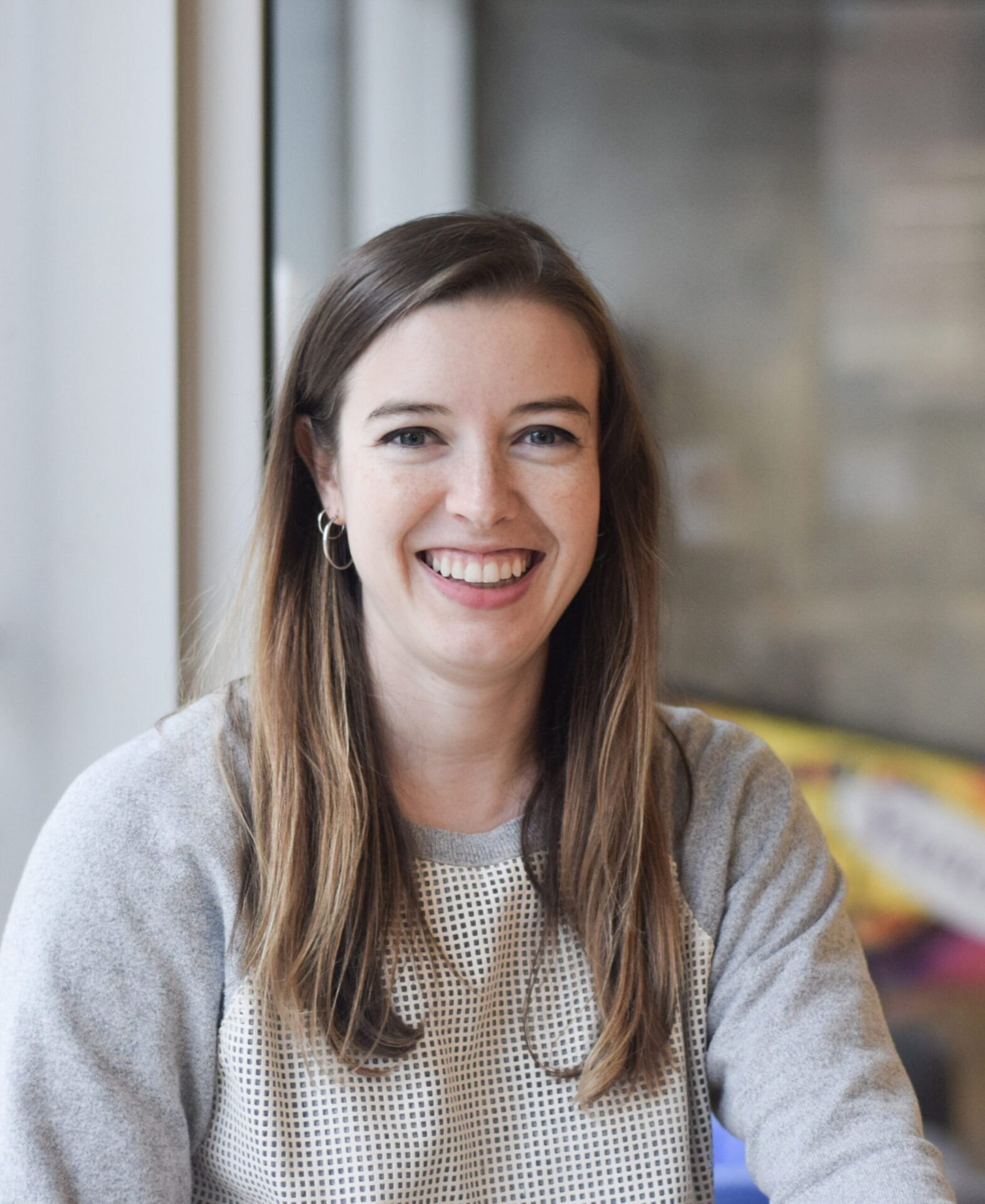
I stumbled upon accessibility by accident, but now I notice it all the time. I see badly-designed doors, confusing signs, and lazy website design that keep people with disabilities from accessing information and services. My Brandcenter peers know me as “the video game lady” because of my passion for games, and I started noticing inaccessibility there too: awkward controls, unclear color palettes, and poor audio feedback that are all barriers to entry.
In 2017, I made a simple video game about fishing. By making it playable with a single button, I accidentally made it accessible for people with motor disabilities. It got posted on a website for one-button games and gained a little bit of attention. I realized there is an audience for accessible games, but the video game industry isn’t doing its part. So I asked myself, “how can I, an Experience Design student at the Brandcenter, make video games more accessible?”
That’s when I started working on AccessibleGameDesign.com. For my second-year independent study, I got to apply my experience design know-how to my passion, games, and help designers make games better for everyone. I researched best practices for game UI, read up on accessibility standards, and interviewed lots of gamers with disabilities. The result was a set of accessibility guidelines I created for game designers, which are chock full of nitty-gritty design details like health bars and menus that are more usable and more accessible. It calls on designers to break down barriers and add things like subtitles and configurable controls to allow more people to play their games.
The most exciting part was sharing my work with a packed house at MAGFest in D.C. in January. Along with my co-panelist Daniel Greenberg, a game design professor at GMU, we had an amazing discussion about how to make games more accessible and how to advocate for more accessibility with big game developers. The audience brought up so many interesting points, like how one gamer with rheumatoid arthritis couldn’t complete a game because it required repeated button presses that caused her pain.
When I started this project, I was afraid I wasn’t credible and that the accessibility community would see me as an intruder. But after all the time I spent talking with developers, advocates, and gamers with disabilities, I realized that the more voices shouting about accessible game design, the louder our voices are heard.
– Ruthie Edwards, experience design track, class of 2019